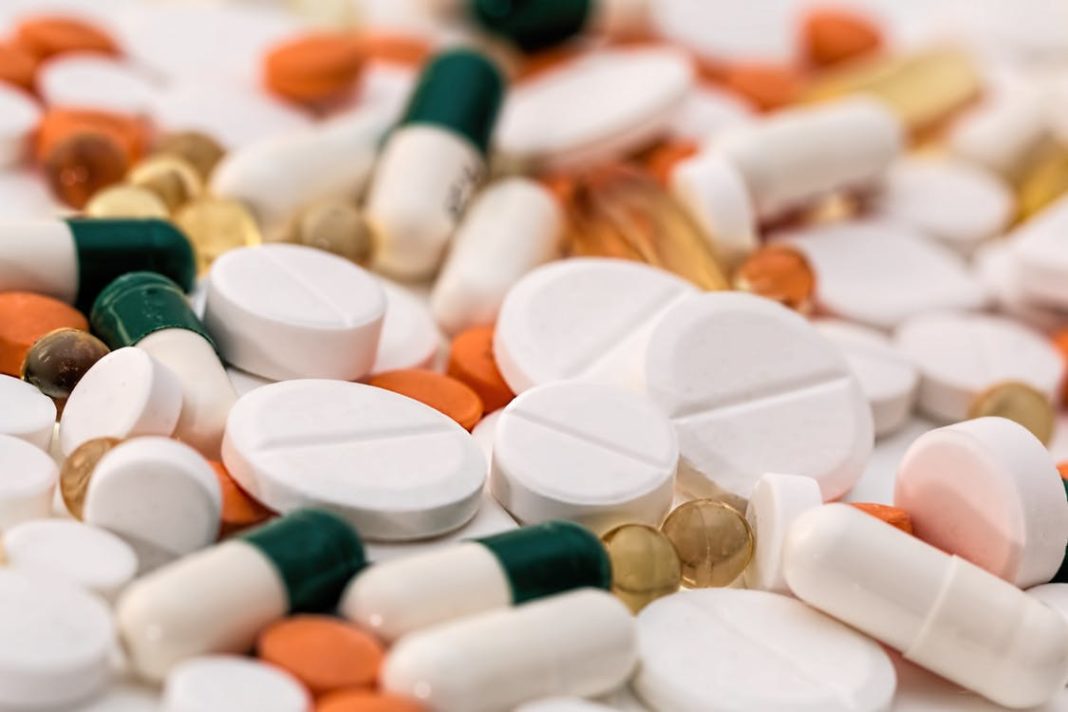Dermatologists are prescribing fewer antibiotics overall; however, antibiotic use for dermatologic surgery procedures has increased, according to a study recently published in JAMA Dermatology.
Researchers from the University of Pennsylvania Perelman School of Medicine and the Centers for Disease Control and Prevention looked at medication prescribing statistics from the Optum Clinformatics Data Mart deidentified commercial claims data between the years of 2008 and 2016. They found that antibiotic prescriptions dropped from 3.36 per 100 patient visits to 2.13. The decline is attributed to changes in prescription practices for acne and rosacea. Acne prescriptions fell 28.1 percent and that figure decreased to 18.1 percent for rosacea medications. The authors note that the increased use of Spironolactone might be coming into play, as physicians have realized that its effectiveness is on par with antibiotics. They also mention that prescribing Accutane at an earlier age for patients with severe acne might decrease the need for antibiotics later on.
The researchers found concerning antibiotic prescription rates for post-surgery patients. Prescribed oral antibiotics soared from 3.92 per 100 visits to 6.65. There is a low risk of infection from dermatologic surgery procedures, and both the American Heart Association and the American Academy of Orthopedic Surgeons advocate for restricted use of single-dose perioperative antibiotics for preventing infective endocarditis and joint infections. Neither organization recommends prolonged courses of postoperative antibiotics. The authors also add, “Multiple prospective studies of clean-contaminated head and neck procedures, including those that breach the mucosa, have not identified increased efficacy between regimens of 24 hours and longer regimens of 3 to 7 days, although these studies were not conducted in an office-based surgery setting.”





